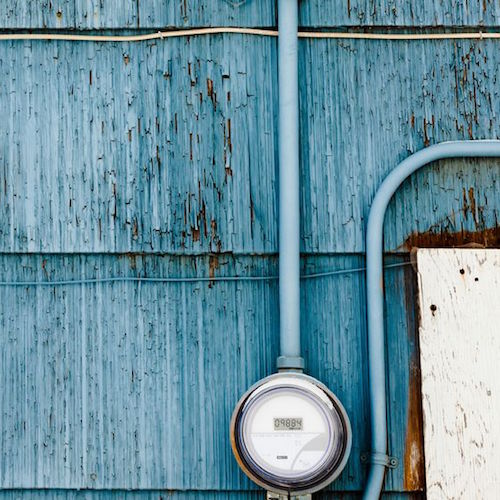 A Guest Post by Frank Newhouse: Frank is a freelance writer and green technology enthusiast who loves to write about ways that homeowners can save money and reduce their environmental impact. He currently writes for Air Conditioning Florida, a company that helps Miami residents find the efficient AC services they need.
A Guest Post by Frank Newhouse: Frank is a freelance writer and green technology enthusiast who loves to write about ways that homeowners can save money and reduce their environmental impact. He currently writes for Air Conditioning Florida, a company that helps Miami residents find the efficient AC services they need.
Owners of historic homes may feel that they have to choose between lowering their bills and their environmental impact with greater efficiency, and preserving the authenticity of their building.
Fortunately, there are many ways that you can improve your home’s energy efficiency without making structural changes. Since older homes were built with better materials, and by craftsmen rather than rotating crews of untrained laborers, you’re actually already ahead of many homeowners.
- Seal It Up – One of the most basic places to start is to improve your thermal envelope. This represents the seal that keeps air in (and out of) your house. Improving the weather stripping around doors and windows is a project that can be done with essentially no training, and in very little time. For other areas that need sealing, invest in a caulking gun.
- Insulate – Increasing the insulation throughout your home will also decrease heat transfer, saving you money on heating and cooling costs. There may be areas in the house that have never been insulated, or areas where it has been lost over time. Be sure to check around any recessed light fixtures that may cut into the insulation, and to seal them up with caulk or weather stripping.
- Old Windows – A common concern among historical home owners is that in order to be energy efficient, they’ll have to replace their original windows. While doing so will likely lower costs, there are ways to upgrade the existing windows without having to completely replace them. Adding storm windows to either the interior or exterior of the home is a great alternative.
- Ducts & Pipes – Seal any leaks you encounter in your water system, and be sure to insulate around both ducts and pipes to prevent lost heat while water and air are being circulated through your home. Also, ensure that all ducts are well-sealed, so that the cooled or heated air your HVAC system is generating makes it to the rest of your home.
- Programmable Thermostat – Certain equipment controls that reduce energy consumption can be installed with minimal impact to the historic feel of a home. For example, a programmable thermostat will allow you to preset the temperature in your home based on time of day or day of the week. You can easily override your settings without having to delete them or start over, meaning, that they give you complete control of when and for how long your climate control system kicks on and burns energy.
- Energy Star – Upgrading to modern appliances with an Energy Star rating will add a level of comfort to your home as well as saving on energy. This sort of improvement adds value and luxury to a home, without making any significant changes to the building itself. As well as kitchen and laundry appliances, consider replacing the boiler, furnace, water heater, or air conditioner. Although these bigger retrofits require a sizeable initial investment, the savings and comfort they provide will generally make them worthwhile.
- The Lawn – The classic American lawn is one of the worst, most wasteful aspects of modern life. Making water-conscious landscaping choices can have an enormous impact on your consumption without affecting your actual home. Use native plants or consider a vegetable garden, and look for ways to reduce the amount of water required. Planting trees and shrubs in such a way that they cast shade over your windows is a great way to take a little heat off.
- Energy Audit – If you still feel that you can do more, but aren’t sure where to start, you may to hire a certified energy auditor (CEA) to evaluate your home. They will measure air transfer, test your thermal envelope, and observe the way you and your family use energy. Their recommendations will help you to get the most out of every dollar you spend on energy and on energy efficient upgrades.

Founder & Editor-in-Chief
I love old houses, working with my hands, and teaching others the excitment of doing it yourself! Everything is teachable if you only give it the chance.


We just moved into an older home, and we’ve found that our house has very poor installation. Being that this is our first home, we didn’t really know what to do. It would be great if all we had to do was reseal the windows, and have our heating and cooling system looked at!
Sara Welsh | http://www.a-ccontractors.com
I second that! Old homes are made with the help of skilled professional craftsmen and their is a hell lot of difference in terms of quality. They need detailing and care. Thanks for sharing these amazing tips, they are simple yet effective 🙂
Wonderful blog! I can honestly say how effective these are, especially during hot seasons. I can truly see the difference.